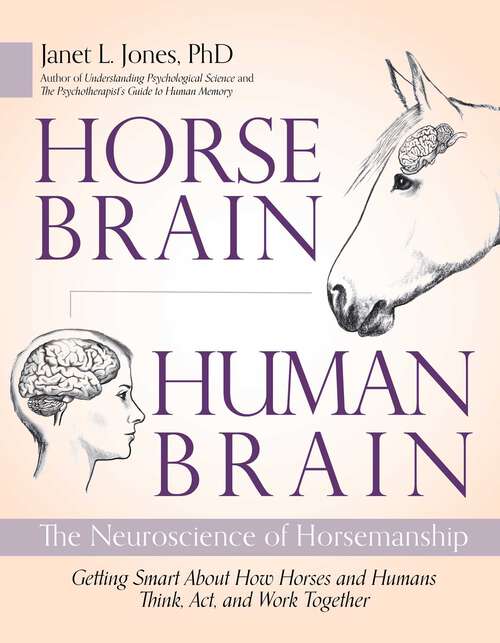
Horse Brain, Human Brain
Animals and wildlife, Sports and games
Synthetic audio, Automated braille
Summary
Horsemanship of every kind depends on mutual interaction between equine and human brains. When we understand the function of both, we can learn to communicate with horses on their terms instead of ours. And, by meeting horses halfway, we not… only save valuable training time and improve performance, we achieve other goals, too. We develop much deeper bonds with our horses; we handle them with insight and kindness instead of force or command; we comprehend their misbehavior in ways that allow solutions; and we reduce the human mistakes we often make while working with them. In this illuminating book, brain scientist and horsewoman Janet Jones describes human and equine brains working together. Using plain language, she explores the differences and similarities between equine and human ways of negotiating the world. Mental abilities